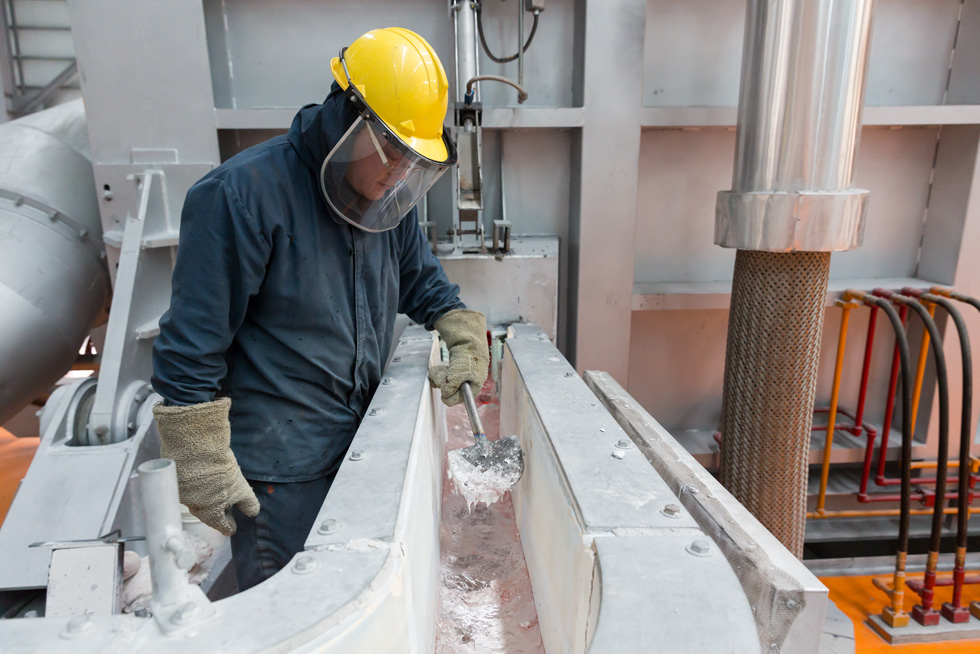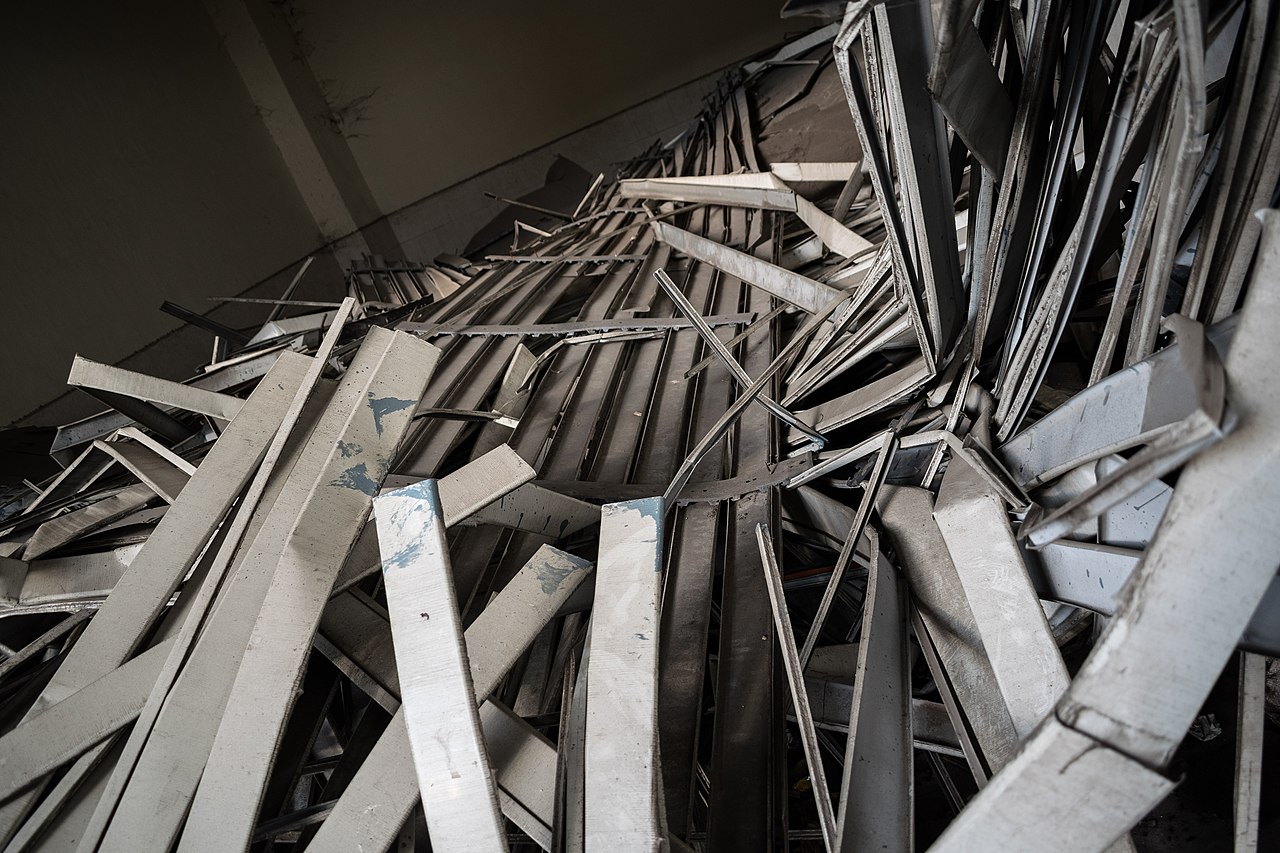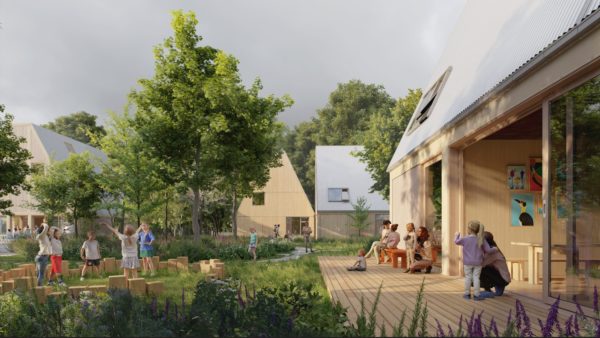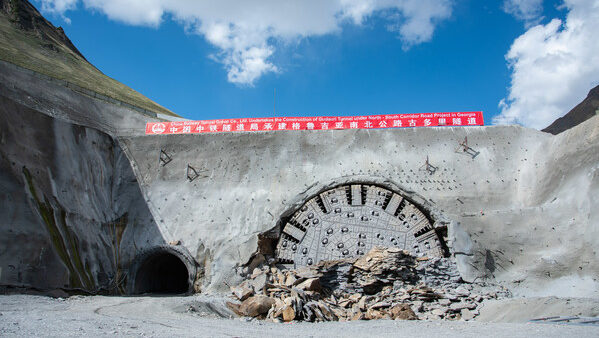This week, technology colossus Apple pledged to become entirely carbon neutral by 2030, claiming that, by then, an Apple device will not harm the environment.
Its ambitions provide a stark counterpoint to the construction industry. Could construction do this?
Apple’s corporate operations are currently carbon neutral, thanks to its own investment in renewable energy schemes.
Projects in Arizona, Oregon, and Illinois bring Apple’s renewable capacity for its corporate operations to over 1GW, equivalent to powering over 150,000 homes a year.
Now it is targeting its manufacturing supply chain, and the life cycles of its products.
Material concerns
To boost material recycling, the company has developed a robotic disassembly process – called "Dave" – that can recover steel, rare earth elements and tungsten from the iPhone’s "taptic engine", the motor that generates vibrations and other sensory alerts.
All rare earth elements used in taptic engines are recycled, the company said, adding that all devices released in the past year use recycled materials.
Its material recovery lab in Austin, Texas has partnered with Carnegie Mellon University to recycle more.

Working with two of its aluminium suppliers, Apple invested in the first-ever carbon-free aluminium smelting process (Apple)
Apple is pressing its supply chain to decarbonise, as well.
Working with two of its aluminium suppliers, Apple invested in the first-ever carbon-free aluminium smelting process.
The first batch of the metal is being used in production of the 16-inch MacBook Pro laptop.
Leaning on suppliers
Another target is fluorinated gases used to make consumer electronics, and which contribute to global warming.
Apple leaned on suppliers to cut emissions from fluorinated gases by more than 242,000 metric tons in 2019.
Much of Apple’s supply chain is in China. There, the company and 10 suppliers are investing around $300m in renewable energy projects with 1GW generating capacity.
Around the world, Apple says it has commitments from 70 suppliers to use 100% renewable energy in making Apple products – equivalent to nearly 8GW.
"The innovations powering our environmental journey are not only good for the planet, they’ve helped us make our products more energy efficient and bring new sources of clean energy online around the world," said Tim Cook, Apple’s chief executive.
Could construction do this?
Probably not without bold and controversial legislation in many countries mandating ground-up change in the way the industry operates.
Apple is a single, huge company with deep pockets that is able to set a strategic direction and influence its supply chain.
Construction is a complex, fragmented ecosystem with no single controlling mind.
An example of the difficulty is construction and demolition waste (CDW), which is one of the biggest waste streams in Europe.
CDW includes everything from concrete and insulation to masonry, gypsum, wood, glass, metals, plastic and solvents.
It accounts for up to 30% of all waste generated in the EU.
If we could recycle most of that, we could drastically cut the emissions caused by the mining and manufacturing needed to produce the materials in the first place.
Urban mines?
Cities are starting to think about this.
In 2017, Amsterdam realised its buildings and structures contained so much metal that they could be thought of as "urban mines".

Waste metal construction materials discarded at a railway station in Chennai, India, March 2019 (Rakesh.5suthar/CC BY-SA 4.0)
It commissioned a study to survey how much steel, copper, aluminium and zinc might be there for the taking.Â
There are major hurdles, however. One is the cost and effort of separating out valuable materials that are fused within other materials, as in the case of steel rebar, or cladding systems.
Also, to make buildings largely recyclable, they need to be designed for easy dismantling, which would require a fundamental mindset shift across the board among developers, engineers, architects and manufacturers.
It would help if building components were standardised and modular, but there would also need to be a developed market for buying and selling used components.
It’s easy to imagine a construction industry operating in this way, but it bears little resemblance to the one that exists today.
Top image: The Montague wind farm in Oregon, a site where Apple buys electricity from (Apple)










